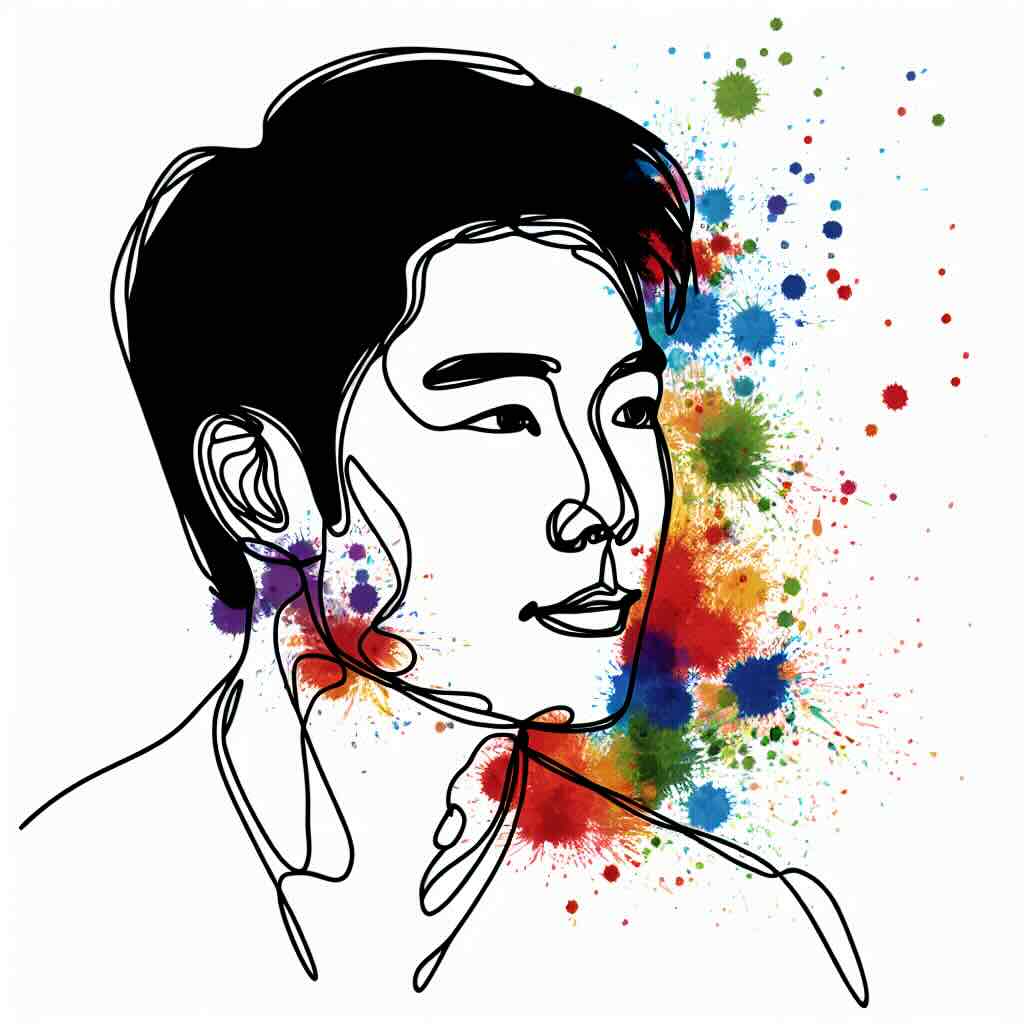Learning objectives remain a valuable tool in instructional design, ensuring clarity, alignment, and measurability in learning experiences. They help structure content, guide assessments, and set clear expectations for learners. Objectives exist at multiple levels - program-wide, course-wide, section/topic, and individual activity - to ensure coherence and progression. Writing effective objectives involves using actionable, measurable verbs and aligning them with assessments and outcomes. Visual learning design tools like Coursensu can help maintain alignment. By defining objectives strategically, instructional designers create structured, outcome-driven learning experiences that support both educators and learners in achieving meaningful results.
Table of contents
- What are learning objectives?
- When do you use learning objectives?
- How to write an effective learning objective
- Four tips for writing learning objectives
- Four levels of where to define learning objectives
- Why create program / collection objectives?
- Why create course-wide objectives?
- Why create course section, topic, or week objectives?
- Why create individual course activity objectives?
- How to always ensure objectives align to the learning experience
- One thing you can try today
- Conclusion
- Related topics
What are learning objectives?
Learning objectives are clear, concise statements that define what learners should know, do, or demonstrate after completing a learning experience. They provide structure, ensuring that instructional content aligns with desired outcomes. While some argue that learning objectives are a traditional tool, they remain crucial for designing measurable and goal-oriented learning. They guide educators, instructional designers, and learners, ensuring clarity in expectations and assessment criteria. A well-written learning objective helps structure content, making it easier to evaluate learning success and course effectiveness.
When do you use learning objectives?
Learning objectives are used throughout the learning design process, from planning to delivery and assessment. They help instructional designers structure content, inform learners about expected outcomes, and provide a foundation for measuring progress. Whether designing an entire program, a single course, or an individual learning activity, objectives ensure alignment with overall educational goals. They are particularly useful when creating assessments, as they define what should be tested and demonstrated.
How to write an effective learning objective
An effective learning objective is specific, measurable, achievable, relevant, and time-bound (SMART). It should clearly describe the desired learning outcome using action-oriented verbs. As a basic example, instead of writing "Understand photosynthesis," a stronger objective would be "Describe the process of photosynthesis and explain its role in plant growth." Using Bloom’s Taxonomy can help select appropriate verbs based on cognitive complexity, ensuring that objectives are meaningful and aligned with learner development.
Four tips for writing learning objectives
- Use action verbs – Avoid vague terms like "know" or "understand"; instead, use measurable actions such as "analyse," "compare," or "construct."
- Focus on the learner – Frame objectives around what the learner will achieve, not what the instructor will do.
- Make them measurable – Ensure objectives can be assessed through activities, assignments, or tests.
- Keep them clear and concise – A strong objective is direct and easy to understand, avoiding unnecessary complexity.
Four levels of where to define learning objectives
Learning objectives can exist at multiple levels:
- Program-level objectives – Define overarching goals across multiple courses in a degree, certification, or training program.
- Course-wide objectives – Outline what learners will achieve by completing a specific course.
- Section, topic, or week objectives – Provide structure within a course by breaking down learning into thematic units.
- Individual activity objectives – Ensure that specific lessons, exercises, or assessments align with broader course goals.
Why create program / collection objectives?
Program-wide objectives help ensure that all courses within a curriculum contribute to a shared set of competencies. These objectives define long-term learning goals, ensuring coherence across multiple courses. They help institutions and organizations structure learning pathways that progressively build knowledge and skills, making it easier for learners to achieve professional or academic milestones.
Why create course-wide objectives?
Course-wide objectives provide learners with a clear roadmap of what they will achieve by the end of the course. They guide instructional designers in structuring content and assessments while ensuring alignment with accreditation standards or industry expectations. Well-defined course objectives also make it easier to evaluate whether a course effectively delivers intended outcomes.
Why create course section, topic, or week objectives?
Breaking objectives down into sections, topics, or weeks helps scaffold learning. These intermediate objectives clarify how each unit contributes to the overall course goals. They assist educators in pacing instruction and ensuring that content is introduced in a logical progression, reinforcing prior learning before introducing more complex concepts.
Why create individual course activity objectives?
Activity-level objectives ensure that every lesson, quiz, or project serves a purpose within the broader learning journey. By setting clear expectations for each task, designers can create engaging and effective learning experiences. Activity objectives also help learners understand why they are completing a specific task and how it contributes to their overall progress.
How to always ensure objectives align to the learning experience
To maintain alignment, instructional designers should visually map learning objectives against content, assessments, and activities. This prevents gaps and redundancies, ensuring that each element of the course contributes meaningfully to learner development. Tools like Coursensu streamline this process, allowing designers to see how objectives connect across different levels, ensuring a coherent and effective learning experience.
One thing you can try today
Review an existing course or module and check whether its objectives are specific, measurable, and aligned with the learning content and assessments. Try rewriting vague objectives using action verbs to ensure clarity and effectiveness. If you're unsure, you can try using our free and open Purpose Writer to compare your current objective with our suggestions.
Summary
While learning objectives may seem like a traditional tool, they remain essential for designing effective, structured learning experiences. When applied at different levels - program, course, section, and activity - they provide a roadmap that keeps content aligned with learning outcomes. Well-crafted objectives ensure clarity for learners, help educators measure progress, and guide instructional designers in structuring engaging and meaningful learning pathways. By integrating objectives into the design process and using tools like Coursensu to map them visually, learning designers can create more cohesive and impactful educational experiences.
Related topics
- How to Align Learning Objectives with Assessments
- Using Bloom’s Taxonomy to Improve Learning Design
- Best Practices for Writing Course and Program-Level Objectives
- The Role of Learning Analytics in Measuring Learning Objectives







